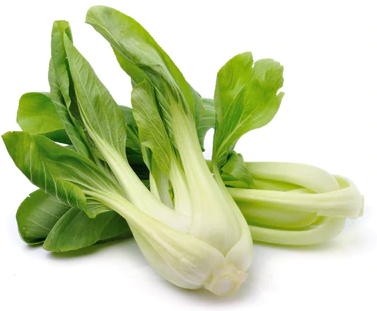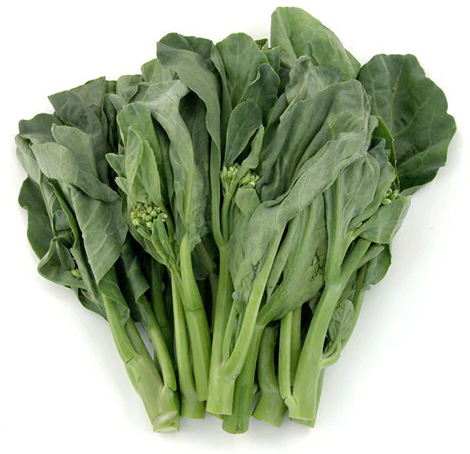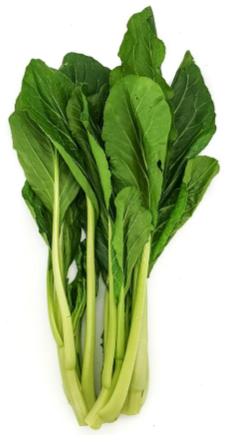The Australian horticulture sector is vast, and it’s easy for certain fruit and vegetables to get lost amongst the staple groceries you buy each week from your favourite retailer or fresh produce market.
We want to let you in on a secret – a diverse range of leafy Asian greens are grown year-round across Australia. Asian greens have not been here long, but they’re here to stay.
So if you’re looking for harvest work, keep an eye out for Asian greens. There may be opportunities available you had not considered.
Production
Australia produced over 30,500 tonnes of leafy Asian vegetables, worth over $71 million, between 2020 and 2021. And that’s 100% fresh supply; there’s not yet a market for value-added or downgraded produce to be used in other ways.
A growing trend as Western tastebuds diversify – one in four households around Australia now consume leafy Asian vegetables. Compare this with ‘regular’ green lettuce being in two of three homes, and other leafy salad vegetables such as spinach and rocket at just over one in every two households.
Growing Regions
One trend you may notice is that these beautiful leafy greens are mainly grown close to metropolitan areas where access to fresh fruit and vegetable markets is easier. The Sydney Basin is the biggest growing region, with Melbourne and Gympie also large growing areas.
The majority of Asian greens are grown in NSW (43%), with QLD (28%) and Victoria (24%) making up the rest. It’s an opportunistic, high value crop for many growers nowadays, not just the traditional market gardeners.
Harvesting
Depending on the time of year and growing conditions, the warmer months will typically see Asian greens grow from seeds to harvest in 7-8 weeks. It will take slightly longer in the cooler months, closer to 11-12 weeks. Under glasshouse and hydroponic growing conditions, crop maturation can be better controlled and shortened.
For the leafier green vegetables such as Bok Choy, Pak Choy and Choy Sum, harvesting involves using a sharp blade to cut across the bottom of the bulb close to the soil. The vegetable can then be further trimmed before being placed in trays and transported to packing sheds for cleaning, cooling and packaging.
The larger and heavier Asian green varieties, such as Wombok, require a little more time and exertion. Effort is needed to push down on the outer leaves in order to get into the bulky core, and using a blade, cut across the bottom just above the soil line. Womboks are large and heavy, and as it is ground-level work you’ll need to be agile and flexible. You’ll need to bend and crouch on the ground to access the vegetable before picking it up to place into larger crates for transporting to the packing shed.
Cooking
Asian greens make the perfect side dish, a great addition to your South-East Asian curry and should be a regular in your stir-fry.
Love or loath the surge in popularity of reality cooking shows, but they’ve contributed to more and more diverse produce elevated to new heights. Mix that with travel and social media, this ascension has resulted in many new markets opening up for Asian green vegetables.
Main Varieties
There are many different varieties of Asian greens, and for further complexity, many of the varieties have multiple names. We’ll try to simplify by describing the more popular ones on the market here in Australia.
Wombok – The most well-known Asian green produced on our shores, accounting for 38% of the market. With its sweet and mild flavour, it’s fantastic in coleslaw, adds a layer of crunch to your dumplings, and can be pickled for your favourite Korean Kim Chee recipe.

Pak Choy – This vibrant, fresh Asian green is ideal as a side dish, in a warm soup, or used in your everyday stir-fry. Pak Choy accounts for 28% of Australian production.

Buk Choy – Often considered one and the same as Pak Choy, you’ll see Buk Choy displaying a slightly greener stem and lighter leaf. It’s crisp and vibrant, ideal for stir-fries or steaming. Buk Choy makes up 15% of overall Asian vegetable production around Australia.

Gai Lan/Chinese Broccoli – With a smaller head but longer stem, this leafy and flavoursome green is ideal for stir-fries or soups, but is more commonly known for being served splashed with soy sauce as a side plate.

Choy Sum/Chinese Cabbage – Another leafy vegetable – ideal as a quick side or added to a satay or stir-fry. Choy Sum has a slightly earthier flavour with mustardy tasting stems. The whole plant can be eaten, including its small yellow flowers.

So, if harvesting Asian greens is on your bucket list, contact the Harvest Trail Information Service on 1800 062 332, so we can direct you to a grower in NSW, Queensland or Victoria.
